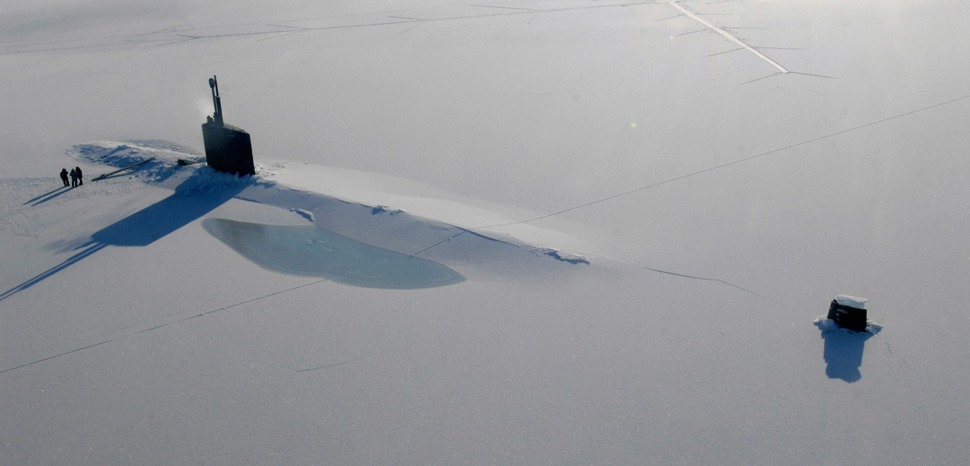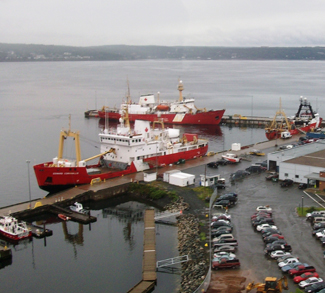Summary
Climate change has the potential to dramatically alter the geopolitical scene in the 21st century. While the phenomenon will have a worldwide impact, its effects will be particularly marked in the Arctic. As the polar ice cap melts, new maritime shipping lanes will open in the region. The so-called Northern Sea Route (NSR) has the potential to become a game-changer in the world’s geopolitical order. As a matter of fact, it would be a new and much shorter connection between Eastern Asia and Europe, with huge potential implications for trade. Moreover, the Arctic is estimated to host considerable hydrocarbon deposits, which attracts the attention of powers like Russia, China, Japan and others. As the Arctic becomes an area of increased maritime traffic, energy exploitation, and possibly great power competition, the Bering Strait will gain significant strategic relevance. Considering that it separates two rival powers in the United States and Russia, and that China would be one of the main economic beneficiaries of the NSR’s opening, it is likely that the Bering Strait will gradually be militarized moving forward.
Background
It is widely accepted that global warming is causing the polar ice caps to melt. Apart from the considerable environmental concerns, this phenomenon also has major economic and geopolitical ramifications.




